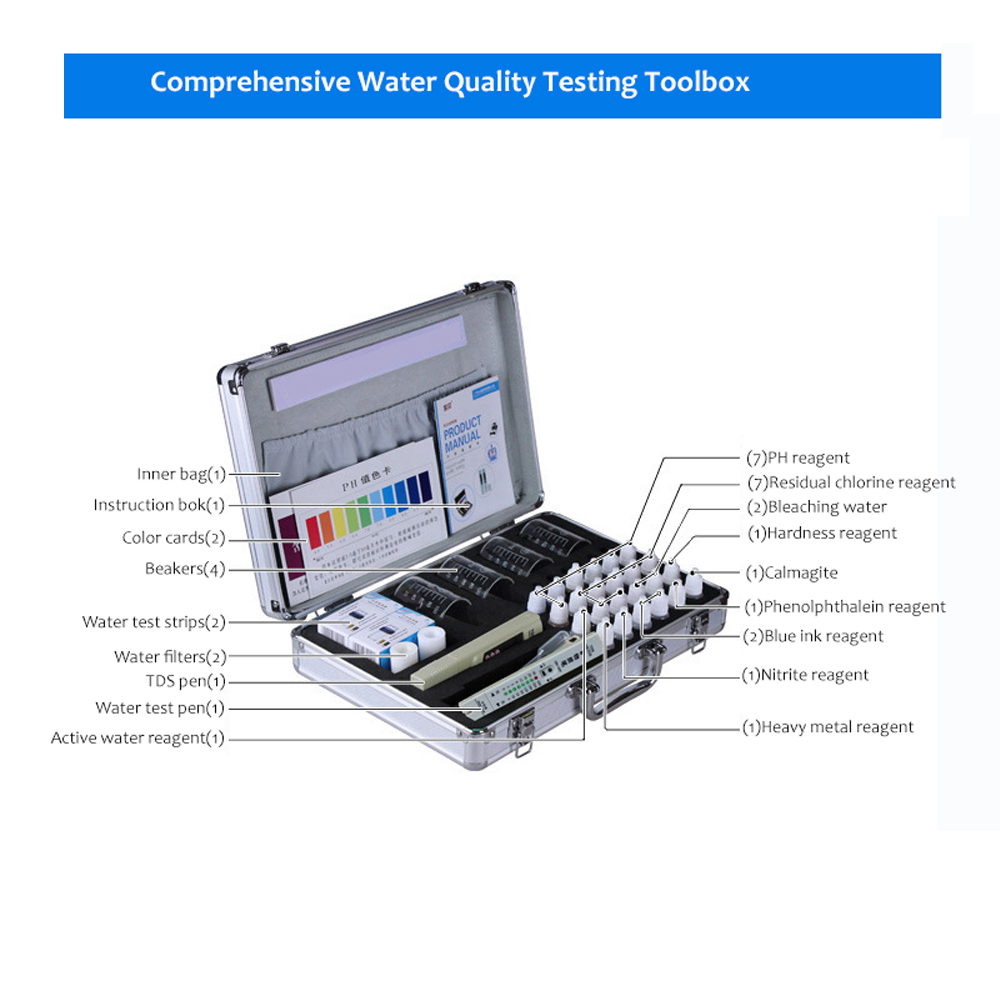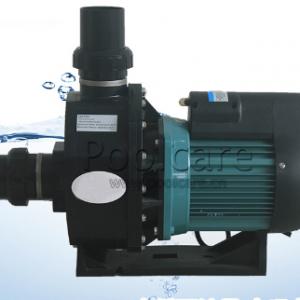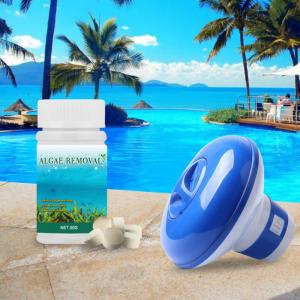Instructions of commonly used water quality testing tools
Instructions of commonly used water quality testing tools
1. PH test reagent
How to use the PH test reagent: first wash the test tube with the water to be measured 1-2 times, then add 50 ml of measured water quality, drop 2-3 drops of the PH test reagent, stir for 3-5 seconds, and compare with the standard color card after color development Comparison (color card comparison within 30 seconds), the PH value of the water quality can be measured.
2. How to use the electrolyzer and the principle?
The water quality electrolyzer is to put the electric field into the water, which is composed of positive and negative electrodes (iron rod and aluminum rod). The reaction produces water-insoluble metal clusters, and at the same time coagulates and adsorbs colloids, organics, and inorganics in water. And due to the action of the current, the metal particles originally dissolved in water, such as lead, arsenic, chromium, manganese, potassium, cobalt, etc., are reduced and gradually aggregated into metal clusters. Due to the different color development of different metal ions, colors are produced. separation.
So far, the known color rendering is as follows, for reference only:
Green: arsenic, tetrachloromethane, copper oxide, ferrous iron
Blue: bacteria, viruses, organic phosphorus (fertilizers, detergents and pesticides), aluminum sulfate
Red: monovalent mercury, ferric iron White: lead, zinc, mercury, asbestos, calcium, magnesium
Black: heavy metals (zinc, lead, mercury, copper, chromium, manganese, cadmium)
Yellow: dissolved oxygen, trace elements, organic minerals
The reference of electrolyzer:
The water quality electrolyzer is the most frequently used, most convenient and most important testing tool for water quality inspectors. After the raw water is electrolyzed, the impurities in the water can be preliminarily judged. However, it is known that there are more than 2,200 kinds of dissolved substances in water, and the names and contents of various impurities cannot be displayed in detail with only 7 colors (red, orange, yellow, green, blue, blue, and purple).
Criteria for measuring water quality:
1. Does not contain any harmful and odorous substances (especially heavy metals and organic substances);
2. The hardness of the water is moderate, usually between 50-200mg/L (calculated as calcium carbonate);
3. Between PH value (6.0-8.5);
4. The content and proportion of trace elements and minerals in water are moderate, similar to normal liquid;
5. The content of dissolved oxygen and carbon dioxide in water is moderate (dissolved oxygen in water ≥ 6-7mg/L)
6. The nutritional and physiological functions of water should be strong (including dissolving power, penetrating power, diffusing power, metabolic power, emulsifying power, cleaning power, etc.). Treat the water quality electrolyzer correctly The water quality electrolyzer is used to initially compare the differences of various water qualities - the difference between pure water, mineral water and ordinary water. It is not a water quality testing instrument.
3. TDS pen
In layman's terms: The TDS value represents the impurity content of dissolved substances in water. The larger the TDS value, the more impurity content in the water. Conversely, the less impurity content.
How to use the TDS pen: How to use the TDS pen: Open the probe cover of the TDS pen, press the button marked ON/OFF, after the LCD screen displays, insert the TDS pen into the water to be measured, and when the value is stable, press the button marked HOLD button, take out the TDS pen to read the value, after the test, wipe the TDS pen probe clean with dry paper.
Factors affecting the TDS value test: Water temperature: The best test temperature of the TDS pen is 25°C, and it cannot be used to measure high-temperature water (for example: hot boiling water) Water flow rate: The TDS pen cannot be used to measure water with large shaking The TDS pen cannot be used to measure water bodies with high pollution concentration.
4. Residual chlorine test reagent
Residual chlorine reagent (residual chlorine detection reagent)
It is suitable for the determination of residual chlorine ions in water; this agent can directly measure the residual chlorine (Cl) in the range of 0.0-10.0ppm, and it will show a color reaction. Different chlorine content is measured according to different colors. No need to use any equipment, the effect is good. Method: Put 2 drops of this reagent into 10 ml of solution (Note: To measure the residual chlorine in tap water, let the tap water flow for 3-5 seconds, then connect the tap to take a water sample) and shake well, according to the color change of the tested solution, According to the color table, the value of the corresponding solution to be measured can be read.
5. Water quality demonstrator water quality electrolyzer
1. Check the status of dirty tap water. If the water quality demonstrator filters for a period of time, its white filter element turns yellow, indicating that the tap water has been polluted.
2. Check the filtering effect of the water purifier. The spring water quality demonstrator filters the tap water and the purified water of the water purifier respectively. It can be found that the filter element in the water quality demonstrator after tap water filtration turns yellow, while the water quality demonstrator filtered by purified water The filter element of the water purifier has no color change for a long time, and the purification effect of the water purifier can be checked.

